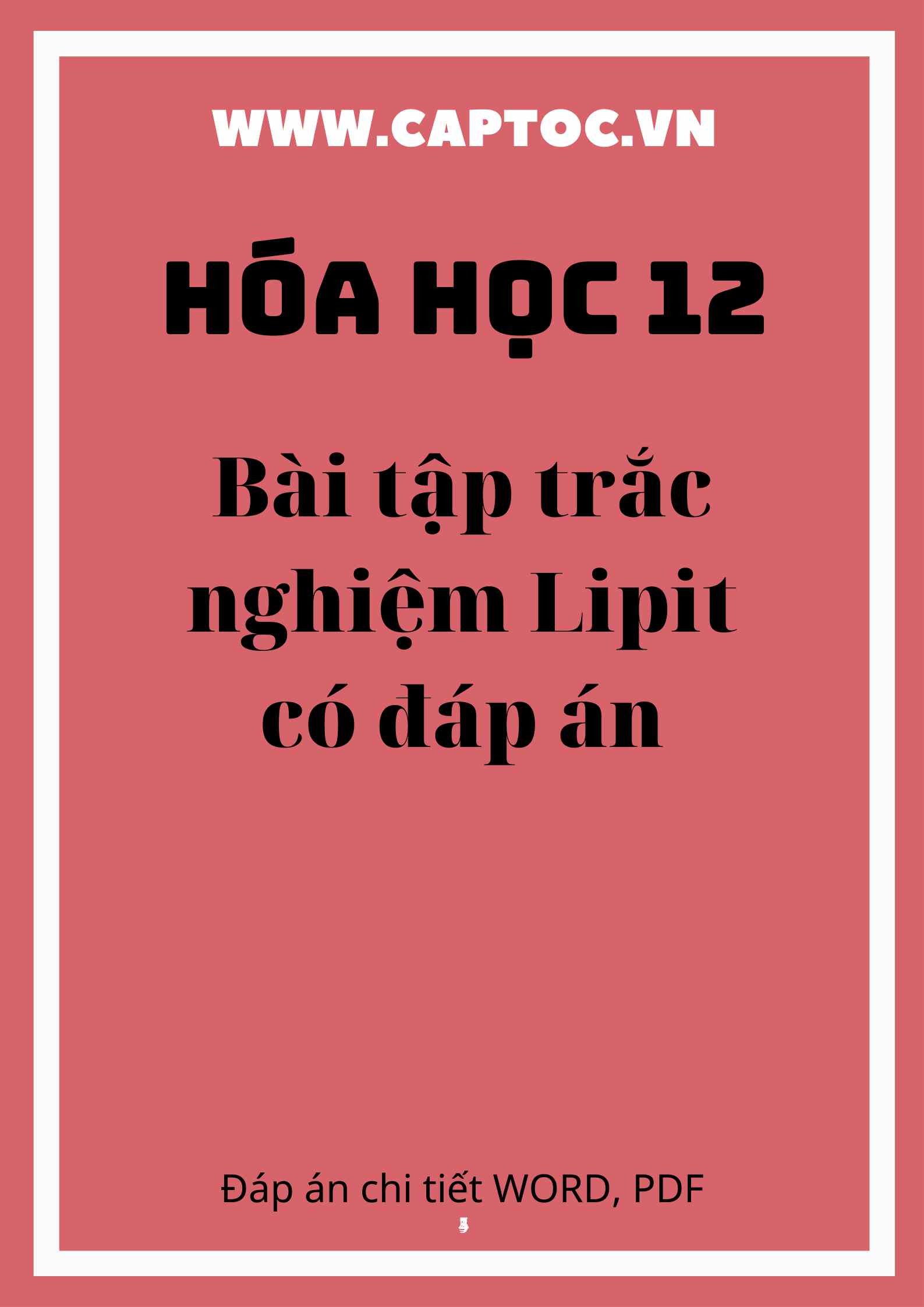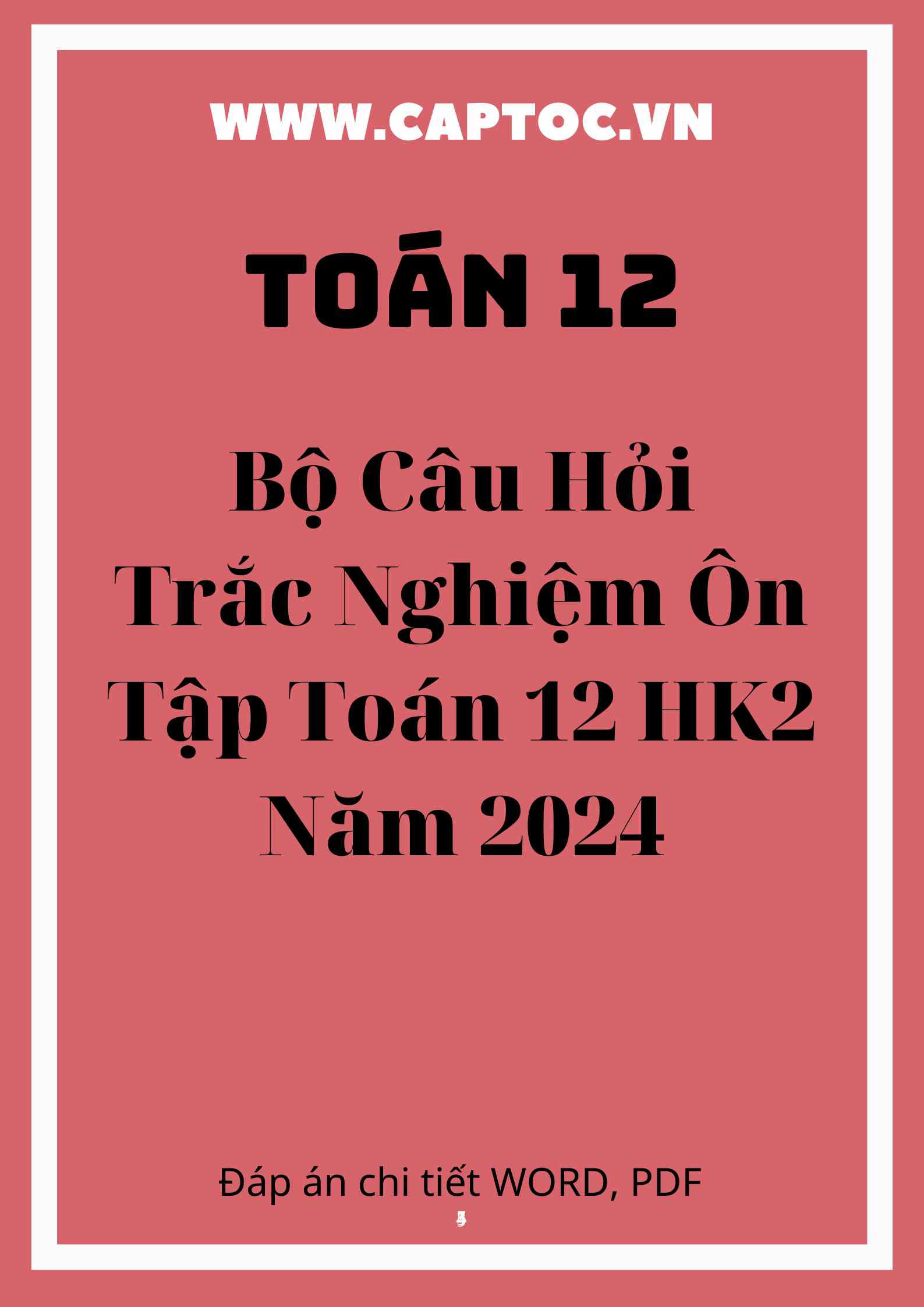Bộ đề ôn thi HK1 Tiếng Anh 12 năm 2023-2024 có đáp án
698 View
Mã ID: 4992
Bộ đề ôn thi HK1 Tiếng Anh 12 năm 2023-2024 có đáp án. Captoc.vn giới thiệu quý thầy cô và các bạn Bộ đề ôn thi HK1 Tiếng Anh 12 năm 2023-2024 có đáp án. Tài liệu gồm 09 trang, gồm 32 câu hỏi trắc nghiệm có đáp án, thời gian làm bài 45 phút (không kể thời gian phát đề).
Mua sách tại những trang thương mại điện tử uy tín
Bộ đề ôn thi HK1 Tiếng Anh 12 năm 2023-2024 có đáp án. Captoc.vn giới thiệu quý thầy cô và các bạn Bộ đề ôn thi HK1 Tiếng Anh 12 năm 2023-2024 có đáp án. Tài liệu gồm 09 trang, gồm 32 câu hỏi trắc nghiệm có đáp án, thời gian làm bài 45 phút (không kể thời gian phát đề).
Read the passage and choose the best answer to complete each question (1.25m)
There are many different metaphors used to describe culture. My favorite one is the iceberg. I think, it demonstrates so vividly what can happen to us if we believe only in the visible and ignore or underestimate the invisible part. The hidden part of our culture is that part which we know instinctively because we absorbed it from childhood on. It's handed down to us from generation to generation. We could also say, it's the "thinking" and "feeling" part of culture: habits, assumptions, attitudes, desires, values, tastes, etc.
Now, if we are in a new culture, our customary evaluations and interpretations are likely not to be on target because we see everything through our own cultural glasses. Imagine yourself in a new city trying to get around with a map from your own hometown. It wouldn't take long for you to get lost and completely frustrated! When we experience an encounter in the new culture that puzzles us, the most common reaction is to judge it through our own cultural glasses.
I want to propose an alternate approach to our initial gut reaction. Instead of immediately and instinctively judging a situation through our own glasses, we might first just pause and notice what is happening and then realize that this is a cultural learning situation. Remember the iceberg metaphor! The new culture becomes your mirror that shows you a hidden part of your own culture. What an opportunity for personal growth and new insight! You can compare two different approaches, that of the new culture and of your own culture. This gives you a choice. Now you can decide what fits best for you or even take the best from both sides.
Question 5: What does the passage mainly discuss?
A. The open surface of culture. B. The personal definition of culture.
C. The simplicity of culture. D. Culture as a socializing tool.
Question 6: The word “vividly” in paragraph 1 is closest in meaning to……….
A. boringly B. warmly C. clearly D. vaguely
Question 7: According to paragraph 2, what is the most common reaction when experiencing cultural differences?
A. People accept the cultural distinction with modern open-mindedness.
B. People use a map and ask around for more information.
C. People imitate the behaviors and patterns of the observed local citizens.
D. People continue to apply their own cultural norms on the newly met situations.
Question 8: The word “it” in paragraph 2 refers to……….
A. map B. culture C. reaction D. encouter
Đừng Đọc!!!
Quý thầy, cô và bạn đọc có thể chia sẻ tài liệu trên CAPTOC.vn bằng cách gửi về:
Email: hotro@captoc.vn
Bình luận
Tài liệu liên quan
Tài liệu được xem nhiều nhất

Bài tập trắc nghiệm Lipit có đáp án
511 View




























